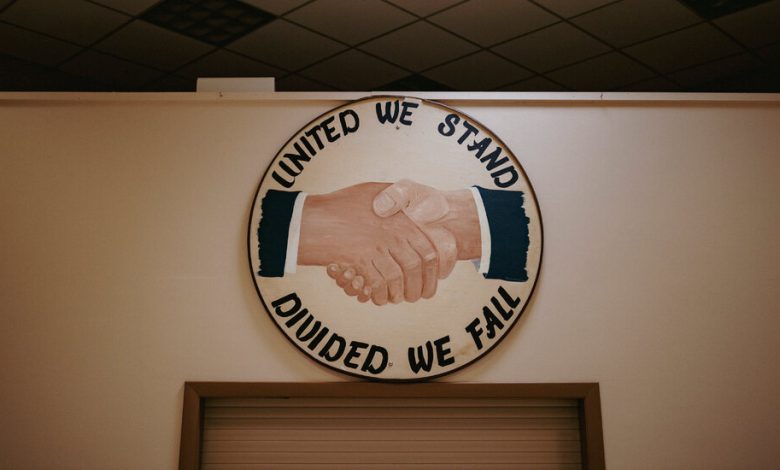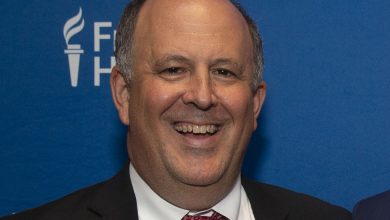After Gains at Big Three, U.A.W. Aims at Nonunion Plants

When Shawn Fain, the United Automobile Workers president, unveiled the deal that ended six weeks of strikes at Ford Motor in the fall, he framed it as part of a longer campaign. Next, he declared, would be the task of organizing nonunion plants across the country.
“One of our biggest goals coming out of this historic contract victory is to organize like we’ve never organized before,” he said at the time. “When we return to the bargaining table in 2028, it won’t just be with the Big Three. It will be the Big Five or Big Six.”
Four months later, the first test of that strategy has come into focus, and it features a Volkswagen plant in Chattanooga, Tenn.
According to the union, more than half of over 4,000 eligible workers have signed cards indicating support for a union. Workers say they have done so because they want higher pay, more paid time off and more generous health benefits — and because the recent strikes at Ford, General Motors and Stellantis persuaded them that a union can help win these concessions.
“The Big Three, they had their big campaign, and their big strike and vote, and new contracts — we paid attention to that very closely,” said Yolanda Peoples, who has worked at the Volkswagen plant for nearly 13 years.
The Volkswagen plant announced an 11 percent pay increase shortly after the strikes at the Big Three. The raise brought the top hourly wage for production workers to $32.40, but the comparable wage for the Detroit automakers will exceed $40 by the end of the new contracts. (Volkswagen said the wage adjustment was part of a yearly review.)




